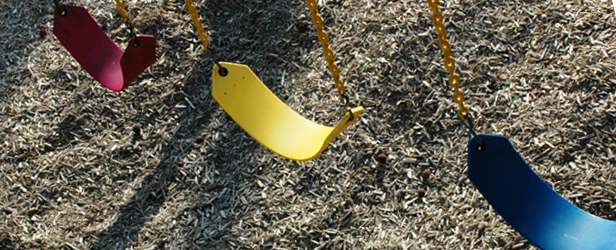
I'm a blessed man because I get to work with elementary school students during the day. Then I get to go over to Newell Strength and train athletes and personal training clients. You’d be amazed how much I take away from the elementary school students and apply to my clients at the gym. I think too many coaches are getting too technical and becoming too personal training oriented in their approach to their athletes. At a Joe DeFranco and Jim Smith seminar this past weekend, Joe DeFranco said, “Don’t drastically alter somebody right away on the squat.” This is very simple, yet you see compound movements such as the squat being overcoached all the time.
Here are just a few comparisons from my kindergartners today and how I will apply them this afternoon and throughout the training year for my clients.
In physical education class today, I was teaching ‘kinesthetic differentiation,’ which is just a fancy way of saying "the ability to know how much force is necessary in order to produce a desired result." Hmmm. Seems like it can apply directly to the weight room. When thinking of dynamic and lower days, you need to factor in how much force should be applied to the bar. Many new trainees lack the ability to be able to exert as much force on the bar on a dynamic day as they would on a max effort day, yet the intent of the movement should always be to ‘explode on the bar.’ When choosing different ways to affect intensity, you might choose to control the tempo of the lift, in which case we would still need the trainee to be able to exert force at the appropriate rate on the bar or on the dumbbells. This would transfer over to the playing field by your trained athletes by how much force they ‘instinctually’ know they have to apply in any given scenario. My kindergartners picked up the concept just fine. Maybe people were never taught this concept or they're just a little rusty, but let’s remember to not over-complicate force application when lifting. You're either exerting a ton of force or a controlled force.
Secondly, I will be teaching the concept of natural flow tomorrow, which means that the training stimulus should reflect the natural tendencies of the trainee. Well, last I checked, we're all humans, so the movement model should apply just fine to just about everyone with variations and specializations thrown in when needed. Kids can push and pull. You should push and pull. Kids can get up off the ground without too much trouble, and you should be able to as well (Turkish get-ups). Kids can squat down and pick a ball up off the floor without a problem with damn near perfect form every single time.
People want to move and play and are most energetic when they get to express their energy physically. It is one hundred percent natural to feel good when on an exercise program. If they're feeling worse after the workout, something is wrong. Keep it simple stupid (KISS) and remember that this will apply to 80 percent of your situations (Pareto’s principle).









